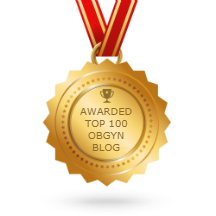I think we can all agree that the following three things are good : 1. Chocolate 2. Humor, and 3. Getting the bad guys in a sting operation. This story I am going to feature for you today has all three.
Science Journalist John Bohannon and his well educated friends created a bogus study on the health benefits of chocolate. To do so, he created a bogus health institute, and a bogus study wherein he enrolled 18 unsuspecting individuals. They followed through with the study protocol and a statistician ran the results. Lo and behold, those in the chocolate group lost weight faster. He then goes on to explain how this is obviously a falsely significant result, otherwise known as a " false positive". A study designed this way is bound to have numerous false positives. This is related to the very low number of people in the study and the high number of effects tested for. Any person educated in the basics of research could see this.
He and his colleagues "wrote up" their paper on their "research", generated a catchy press release, then began submitting the paper to a variety of journals for publication. He included journals of borderline credibility, and those which are "pay to play" meaning you have to PAY THEM to get your article published! (I didn't even know these existed!) He had alarming rate of acceptance of this ludicrously flawed paper. Once it was published and picked up by all kinds of news services and magazines, he fessed up to the prank. I am sorry to say it was picked up by the likes of Huffington Post, and Shape magazine. Have a look at their glossy reporting of the bogus story in his article linked below.
All this goes to illustrate what I have cautioned readers about all along: The need to critically evaluate what you read on the internet and elsewhere on the subject of health and medicine. So much misinformation is out there. Much of it is done by groups who know better, but who are in it for the profit.
And yet, at the same time, so many promising things are happening in medical research. Please take a few minutes to review our section on Information and Learning. It will give you some basic tools with which to safely navigate the internet.
And then for some real entertainment and information, check out John Bohannon's article exposing himself HERE. His interview on NPR about his elaborate ruse is featured HERE. Finally, here is a fun and scientifically solid site about health reporting in the media: HEALTH NEWS REVIEW, where they look at the the good, the bad, and the ugly.
Have fun and be careful about there.























